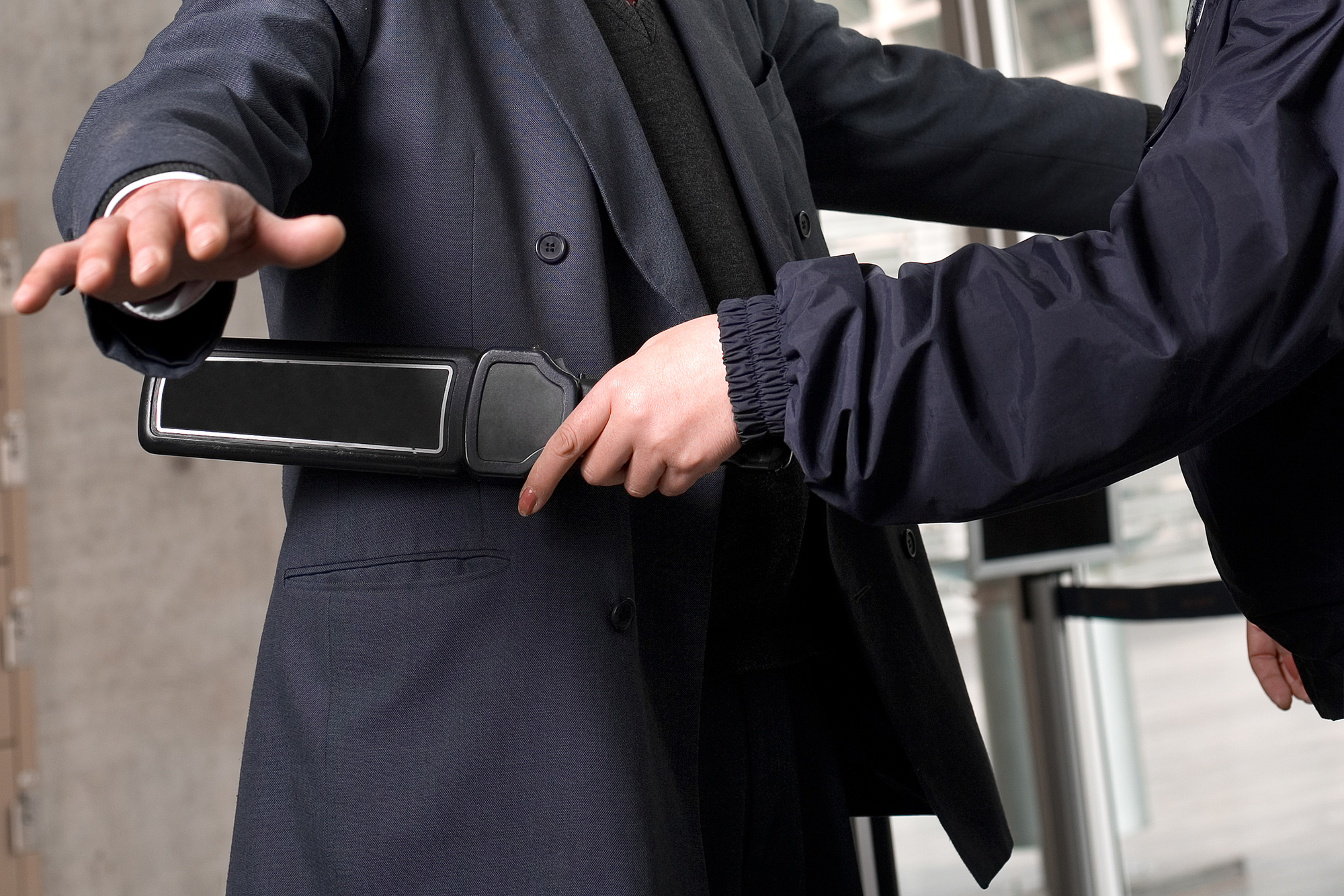Airport Metal Detectors vs. Body Metal

Airport metal detectors are sensitive to metals, including orthopedic metal implants inside your body. The most commonly implanted orthopedic materials include stainless steel, cobalt chrome, and titanium. As airport security measures have been heightened and metal detectors are more sophisticated, people who have metal parts face greater and more frequent inconvenience with more invasive security checks becoming commonplace. More sophisticated software programs can discriminate between different implant metal alloys. Airports use different kinds of screening equipment:
- Backscatter X-ray machines use very low levels of ionizing radiation. Many people prefer to be screened by imaging technology (X-ray machine) to reduce the likelihood of a pat-down.
- Millimeter-wave scanners use radiofrequency (non-ionizing) radiation.
- Metal detectors use no radiation.
- Cabinet X-ray machines scan luggage.
If you have a hip replacement, knee replacement, metal plate and screws, metal rod, or one of many other types of orthopedic implants, you may set off the airport metal detector. Alert the TSA officer that you have metal in your body and where it is located, but be prepared to step aside for further screening with a metal-detecting wand. While every country handles security screening a little differently, the same protocol exists: alert the security staff that you have a medical implant and be prepared for another level of screening. The aim of a cross-sectional observational study in London of four international airports was to understand the impact of replacement implants on people traveling through airport security. Of the 50 people in the study with joint replacements, 14% said that their joint replacements did not set off the airport security alarm. Of the 43 people whose implants did set off the airport security alarms, additional security checking delayed their time at airport security by more than 15 minutes for 25 of them and 30 people had to show their scar overlying the implant. Unfortunately, there is a lack of consistency in the process of security checks on those with orthopedic implants, resulting in uneven treatment of passengers with varying requirements placed on them by security staff at different locations. No specific regulations cover the security screening of individuals with orthopedic implants, but the following standard advice is offered: The general advice would be that when passing through the walk-through metal detectors, metallic implants will almost always alarm, leading to the passenger being hand-searched by hand-held metal detectors. If passing through a security scanner, the implants will most likely show as an anomaly, leading to a targeted search. An enhanced, private hand search may be necessary if the officer is unable to satisfy him/herself that no prohibited articles are carried.
Even though implant identification cards are not universally accepted, using an ID card led to more streamlined, time-efficient security checks in the London study. The study concluded that the best solution would be the creation of a universally recognized accredited implant identification card in order to improve your postoperative travel experience after joint arthroplasty. Another possibility is the introduction of biometrically chipped ePassports, which would include medical information, such as total joint arthroplasty and negate the need for additional screening. In the meantime, be patient. Allow an extra 15 minutes at the airport. Remember that the TSA security people are just doing their job to protect the flying public.




